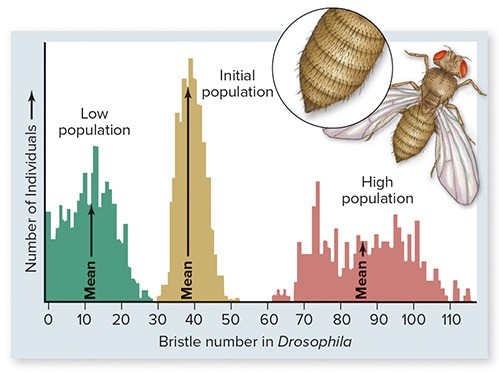Which of the following chemicals acts as a mordant in the Gram stain procedure?
A) Crystal violet
B) Iodine
C) Ethyl alcohol
D) Safranin
B) Iodine
You might also like to view...
Folding domains typically range in length from ____________ amino acids
A. 1,000 to 1,5000 B. 10 to 20 C. 200 to 275 D. 50 to 80 E. 25 to 100 or more
Which of the following results in a spontaneous mutation?
A. free radicals produced by cellular metabolism B. exposure to ultraviolet light C. exposure to benzo (a)-pyrene, a chemical substance found in cigarette smoke D. exposure to ultraviolet light and benzo (a)-pyrene E. exposure to X-rays
You are working in an aquarium that has been breeding an endangered species of fish for return into the wild. You have a batch of progeny from the first generation of breeding. The staff are discussing whether to return those fish to an area that has been completely depleted, or add them to a partially depleted population. “Considering the Allee effect, what do you say?
You are working in an aquarium that has been breeding an endangered species of fish for return into the wild. You have a batch of progeny from the first generation of breeding. The staff are discussing whether to return those fish to an area that has been completely depleted, or add them to a partially depleted population. “Considering the Allee effect, what do you say? Clarify question: What is the key concept addressed by the question? What type of thinking is required? Gather Content: What do you already know about the Allee effect? What other information is related to the question? Choose Answer: Given what you now know, what information is most likely to produce the correct answer? Reflection on Process: Did your problem-solving process lead you to the correct answer? If not, where did the process break down or lead you astray? How can you revise your approach to produce a more desirable result?
In the laboratory, fruit flies (Drosophila) were artificially selected for the number of bristles on their bodies. One population (R) was selected for low numbers of bristles, a second population (S) for high numbers of bristles. In order for the scientists to artificially select Drosophila for their number of bristles,
In order for the scientists to artificially select Drosophila for their number of bristles,
A. they had to induce mutations into their populations of Drosophila. B. genetic variation had to be present in the population. C. the number of bristles in each Drosophila had to be random. D. dramatic mutations had to be produced by the selection. E. they had to study the population for millions of years.